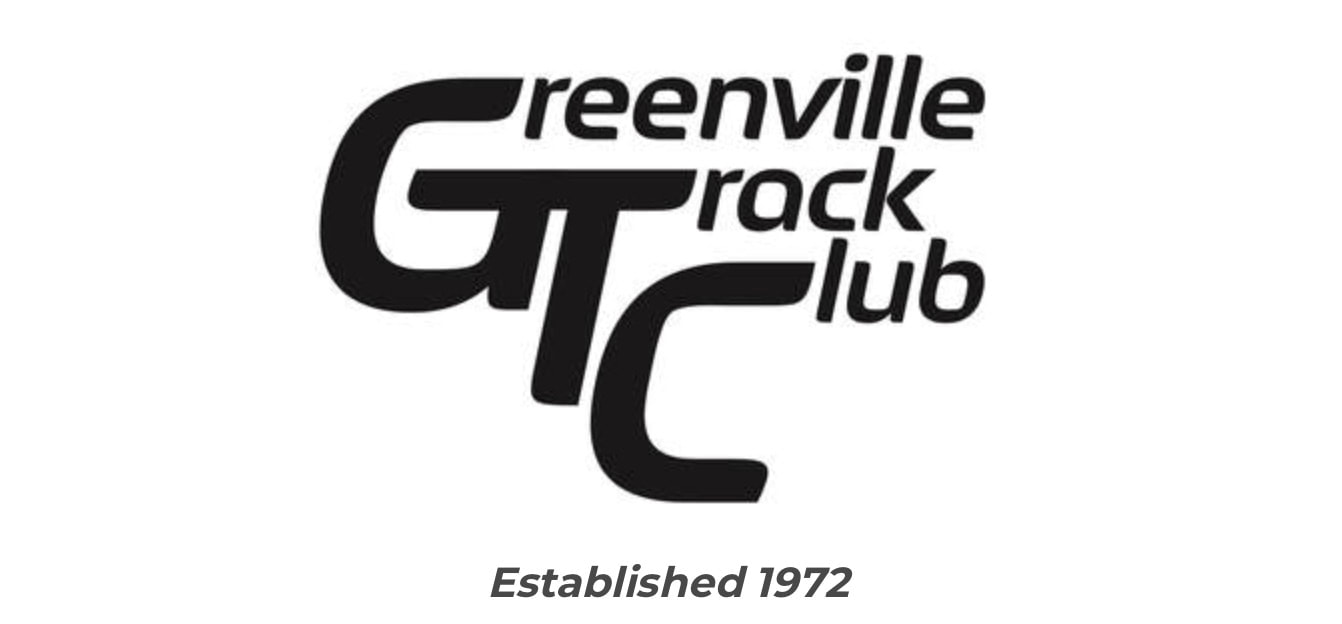 Do you remember the first time you heard your recorded voice played back? For most of us that voice did not seem like what we thought we sounded like. But, no matter how many times we replayed the recording, it was true; that is what we actually sounded like. There is a similarity with your running form. When you see a photo of yourself in forward motion, it probably doesn’t look exactly like what you envisioned. And when you observe a video of you running, it may look even worse than the photo and worse than you imagined. It has been stated that a picture is “worth a thousand words,” so a video is worth many more. While most of us don’t attempt to change the way we speak, since it would require almost constant conscious effort and might even include using a professional voice coach, the same holds true for the majority of runners regarding their form. While an unusual or unique speaking voice in most cases does not produce any ill effects (besides maybe annoying some acquaintances), poor running form CAN be harmful to your body. Research indicates that 82% of runners become injured. Now, that seems like a large percentage, but all of us know a runner who is currently injured. Why do so many runners experience injury? There are multiple reasons. While most runners immediately focus on their footwear as the root cause, it is usually more associated with poor running form and biomechanics. Many animals seem to learn to run naturally, but that is not always the case with humans. A wise person has stated, “practice doesn’t make perfect, but that perfect practice makes perfect.” And to extend that concept, “imperfect practice leads to imperfection,” especially pertaining to running form. The more you run with poor running form, the higher the percentage that injury will occur. So just how do you improve (and perfect) your running form? First, you need to observe yourself running. In today’s digital age, this is extremely easy as all you need is an iPhone or equivalent. Although “selfies” are the trend, it works much better if you have a friend or coach video you at several different running speeds. Yes, you may, and probably do, run differently (form) depending on the speed of your pace. So the first step in the process is watching you run. Ugh! Not as pretty as you envisioned. However, if you like what you see and have never been injured, you are finished with the process. Keep up the good work (you might be in that 18%). But, if you don’t like what you see and don’t look quite as effortless as those free-striding Kenyan and Ethiopian distance runners, then there might be a little work to do. Second, (for those who observed some quirks in your running form), you need an “expert” to analyze your form and determine what is not working in the kinetic chain that allows you to propel yourself forward efficiently. Such experts are usually highly trained experienced coaches or certified professionals. While there are many people with the title of “coach”, there are only a few who actually have the requisite education and training to breakdown the biomechanical movement patterns and recommend the correct changes required. Even with our post-collegiate athletes in the ASICS Greenville Track Club-ELITE program, we are constantly working on improving running form. We have been fortunate to include experts in our resource group that have been instrumental in assisting our athletes recognize needed changes in running posture, form, arm-carriage and foot-strike patterns. Brad McKay of Performance Therapy is a vital part of our program and continues to address muscular issues with our athletes. His work with addressing Kimberly Ruck’s chronic hamstring issues with a change in running gait has produced very positive results as evidenced with her recent performances. Our philosophy includes analyzing our athletes’ biomechanical and musculoskeletal systems and addressing any weaknesses with appropriate drills and strengthening exercises. We also rely on Kent Kurfman at Proaxis Running Academy to provide one of the most complete evaluations and analysis available. Kent has measured and evaluated some of our athletes and diagnosed issues that are now being corrected. So that you don’t join the 82% of injured runners during this year, it is highly recommended that you contact Kent and schedule an evaluation of your running form and identify any discrepancies in your musculoskeletal system and flexibility angles. Once identified, he can prescribe appropriate measures for you to correct and improve your running gait and form. The monetary cost of the evaluation is well worth the price and is usually less than purchasing a couple of new pair of running shoes. Since the usual thought-process regarding injury starts with your shoes, it can be much more cost-effective than buying new shoes every time you experience an injury and definitely more effective over the long run (pun intended). If you are serious about your running, then get your form analyzed and corrected (if needed). Remaining healthy will lead to the consistency needed for improvement and a much more enjoyable running career. The above article, written by Coach Mike Caldwell, originally was published in the Spring 2015 of PACE Running Magazine.
1 Comment
|
AuthorMike Caldwell is the Director and one of the coaches for ASICS Greenville Track Club-ELITE. For more on Mike please visit his page on this website. Archives
June 2020
Categories |
- News Blog
-
About Us
- Mission, etc.
- Our Four Pillars
- Our Maxims
- Contact Us
- Support Us
- Board of Directors
- Qualifying Standards
- FAQs
- Apply
- Olympic Trials Qualifiers
- NCAA Champions
- NCAA All Americans
- Club Records
- SC State Records
- Performance Lists
- Victories
- USA Road Championships
- Program Highlights >
- Community Involvement
- Legacy Running Camp
- Schedule
- Coaching & Training
- Laura Caldwell Fellowship
- Current Athletes
-
Alumni
- Wallace Campbell
- Calista Ariel
- Chass Armstrong
- Trent Binford-Walsh
- Ryan Bugler
- Chris Caldwell
- Josh Cashman
- Shawnee Carnett
- Frank DeVar
- Nicole DiMercurio
- Kate Dodds
- Dylan Doss
- Ricky Flynn
- Emily Forner
- Adam Freudenthal
- Dylan Hassett
- Mark Leininger
- Mackenzie Lowe
- Zach Mains
- Cristina McKnight
- Avery Martin
- Tyler Morse
- Joe Niemiec
- Alison Parris
- Victor Pataky
- Annie Rodenfels
- Ryan Root
- Kimberly Ruck
- Austin Steagall
- Carolyn Watson
- Chelsi Woodruff
- Blake Wysocki
- Pics & Vids
- Sponsors
- Greenville, etc
- Social Media
- News Blog
-
About Us
- Mission, etc.
- Our Four Pillars
- Our Maxims
- Contact Us
- Support Us
- Board of Directors
- Qualifying Standards
- FAQs
- Apply
- Olympic Trials Qualifiers
- NCAA Champions
- NCAA All Americans
- Club Records
- SC State Records
- Performance Lists
- Victories
- USA Road Championships
- Program Highlights >
- Community Involvement
- Legacy Running Camp
- Schedule
- Coaching & Training
- Laura Caldwell Fellowship
- Current Athletes
-
Alumni
- Wallace Campbell
- Calista Ariel
- Chass Armstrong
- Trent Binford-Walsh
- Ryan Bugler
- Chris Caldwell
- Josh Cashman
- Shawnee Carnett
- Frank DeVar
- Nicole DiMercurio
- Kate Dodds
- Dylan Doss
- Ricky Flynn
- Emily Forner
- Adam Freudenthal
- Dylan Hassett
- Mark Leininger
- Mackenzie Lowe
- Zach Mains
- Cristina McKnight
- Avery Martin
- Tyler Morse
- Joe Niemiec
- Alison Parris
- Victor Pataky
- Annie Rodenfels
- Ryan Root
- Kimberly Ruck
- Austin Steagall
- Carolyn Watson
- Chelsi Woodruff
- Blake Wysocki
- Pics & Vids
- Sponsors
- Greenville, etc
- Social Media


 RSS Feed
RSS Feed











